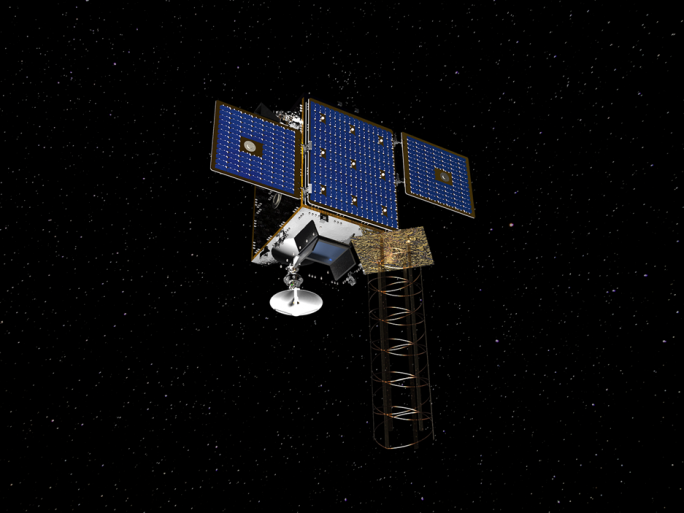UK Firm SSTL Approved For Data-Relay Spacecraft For Moon

Ground control to Major Tom. British firm SSTL and its ‘Lunar Pathfinder’ will provide communications with missions on moon surface
A British satellite firm called Surrey Satellite Technology Ltd (SSTL) has confirmed it will build telecommunications spacecraft to enable easier communications with manned missions to the moon.
Called the Lunar Pathfinder, the platform will be similar to the satellites currently orbiting Mars, which provide a link with surface rovers on the Red planet with engineers on earth.
It comes as the moon is being viewed as the next stage for space missions, with NASA’s Project Artemis for example intending to put people on the moon by 2024. The space agency hopes to have a sustained presence on and around the Moon by 2028.
![]()
Lunar communications
The intention is for SSTL to place a UK satellite into a highly elliptical orbit around the moon as a data relay asset.
SSTL is funding the cost of the platform itself but will sell telecoms services under a commercial contract with the European Space Agency (ESA).
“Lunar Pathfinder will be the first commercial service to address the need for data relay around the Moon, and will not only demonstrate an innovative business idea, but we fully expect it to also stimulate the emerging Lunar market,” said Phil Brownnett, SSTL’s MD.
“By pioneering a commercial solution and service delivery model in lunar orbit, SSTL and ESA are opening the door to providing services to the solar system, and contributing to the scientific progress of deep space exploration,” said Brownnett.
The firm said that its Lunar Pathfinder spacecraft is “designed to provide affordable communications services to lunar missions via S-band and UHF links to lunar assets on the surface and in orbit around the Moon, and an X-band link to Earth.”
When it is launched the Lunar Pathfinder spacecraft will weigh 280 kg and should be operational by Q4 2022.
“Lunar Pathfinder is a more cost effective alternative to Direct-to-Earth solutions and a credible alternative to institutional deep-space ground stations, offering orbiters and near-side missions a better availability, enhanced safety and improved data-rate,” said the firm.
Quiz: Think you know all about Internet of Things?